Two flutes, a clarinet and a bassoon breathe a chord on the edge of silence. As they fade, the sound quietly intensifies, morphing into the metallic buzz of cor anglais and muted horn. The third of Arnold Schoenberg’s Five Orchestral Pieces of 1909 doesn’t have a conventional melody, and there’s even less in the way of rhythmic or harmonic activity. It’s entirely about those minutely graded shifts in timbre. And having rendered this idea with such poetry, Schoenberg, being Schoenberg, duly slapped it with a label as clunky as his music was subtle: klangfarbenmelodie, literally, ‘sound-colour melody’.
Apologies: it’s too easy to poke fun at Schoenberg. God knows, writing persuasively about music is impossible without metaphor, and the idea that sounds can equate to colours was particularly apposite in Schoenberg’s fin-de-siècle prime — an era when composers used sonorities like artists covering a canvas, with the symphony orchestra as the grandest of paintboxes. I suspect that was Omer Meir Wellber’s idea when, as the new chief conductor of the BBC Philharmonic, he introduced himself to his home crowd with a showcase concert at the BBC’s Salford HQ.
On paper, it looked distinctly conventional: three dead German composers and Vivaldi’s Summer, admittedly played, puckishly, on the mandolin by Jacob Reuven. Coming after Mozart’s 12th piano concerto (Wellber directed from the keyboard), and before a winningly impulsive account of Schumann’s Fourth Symphony — always a good indicator of a conductor who puts art before ego — the Schoenberg was presumably meant as the virtuoso showpiece: a demonstration of Wellber’s ability to wrangle a Mahler-sized orchestra.
And fair play to him, even in the restricted acoustic of MediaCityUK, it managed to breathe. Schoenberg’s tapestry of tone-colours revealed its nuances like a living thing under Attenborough-like observation rather than (as is sometimes the case) a specimen under dissection. It was captivating enough, anyway, to make you overlook Wellber’s earlier decision to deploy a pop-up klezmer band, complete with accordion and drum kit, in the cadenzas of the Mozart — and with it, the uncharitable thought that only a BBC orchestra could afford to hire seven extra players for a 30-second gimmick. A couple of violinists smiled sheepishly. Others sat stony-faced. But Wellber’s Schoenberg and Schumann demonstrate that he’s got it where it counts, and if on top of that he stirs things up a bit; well, Mozart can certainly take it.
On the second night of the LSO’s new season, Sir Simon Rattle opened his paintbox too, with Olivier Messiaen’s final masterpiece Éclairs sur l’au-delà. Messiaen famously experienced synaesthesia, a neurological condition in which particular sounds prompted him to visualise specific colours. Unfortunately, its effects are not universal, and immediately before the performance Rattle recounted an occasion when Messiaen told a baffled brass section to ‘sound more orange’. But somehow Messiaen pulls it off: makes you hear the Technicolor intensity with which, as a Catholic, he perceived creation — a universe in which a single chirrup of birdsong embodies a truth as vast and as glorious as the constellation of Sagittarius that he evokes in Éclairs’ second movement.
So in June 1988, aged 79, Messiaen stood for an hour in a forest outside Canberra noting down the song of the superb lyrebird: a single line of leaping improvised melody. In the third movement of Éclairs he dresses that solitary thread of music in every sonority that he can draw from a 120-piece orchestra (there are ten flute players alone). The idea comes from the Book of Revelation: the Celestial City adorning itself as the bride of Christ. The actual sound does something that music alone can achieve, although it takes another painterly parallel to render it into words. Imagine that within a particular colour, every shade that was blended to create that colour is simultaneously not only visible, but can be seen reflecting and illuminating the others, in a single tactile, iridescent stroke.
Rattle performed Éclairs (then less than a decade old) twice in Birmingham at the turn of the millennium. I went on both nights and remember performances of serene precision and refinement. Two decades on, it felt a lot more urgent. The colours blazed brighter; the songs of praise wore their yearning more frankly. The way that Rattle stroked the long, blissful melody of the final movement was almost sensuous, with the violas and cellos hinting at faint but unignorable shadows. And behind it all, as remarkable for stamina as for delicacy, the triangle player kept tingling away on the brink of inaudibility: the light in the eye, the gentlest of breaths. If, with age, Rattle’s understanding of Messiaen’s ‘glimpses of the beyond’ has become less patient and more troubled, doesn’t that makes this colossal work more rather than less affecting — more truthful, more touching; more human?
Got something to add? Join the discussion and comment below.
Get 10 issues for just $10
Subscribe to The Spectator Australia today for the next 10 magazine issues, plus full online access, for just $10.
You might disagree with half of it, but you’ll enjoy reading all of it. Try your first month for free, then just $2 a week for the remainder of your first year.

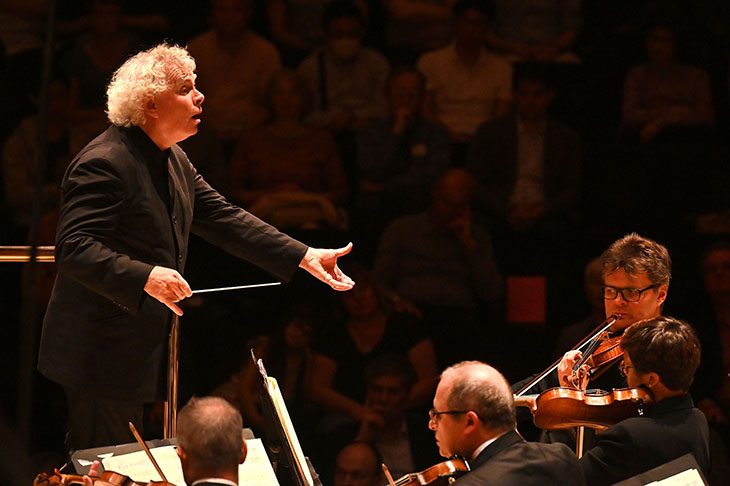
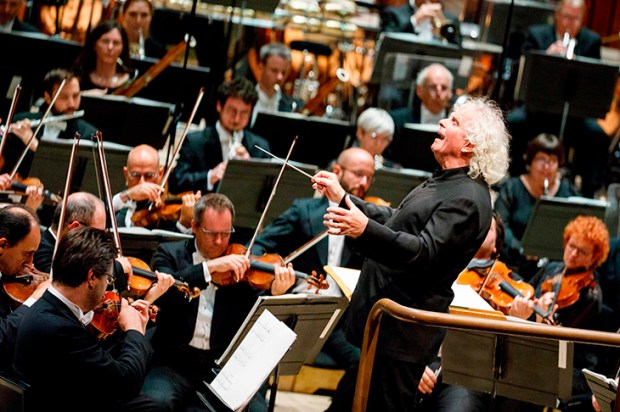
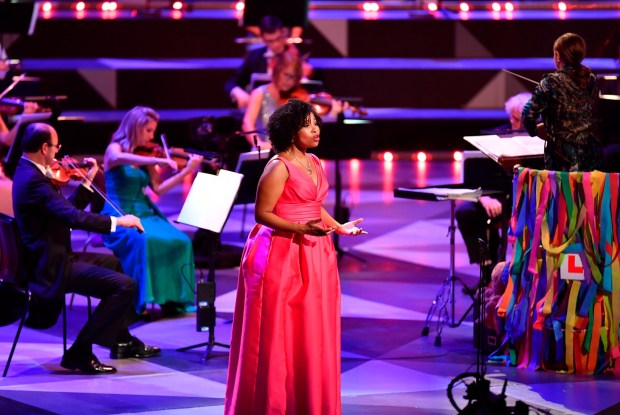
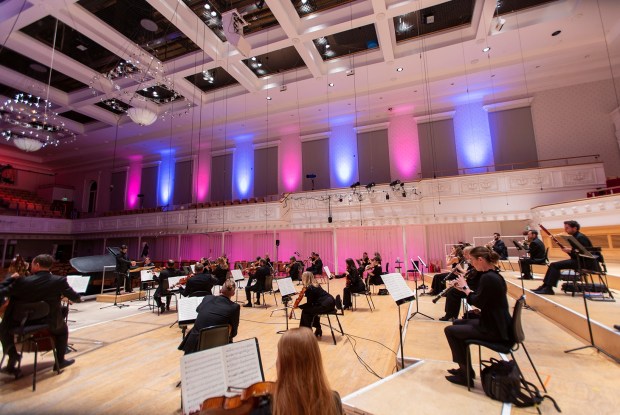
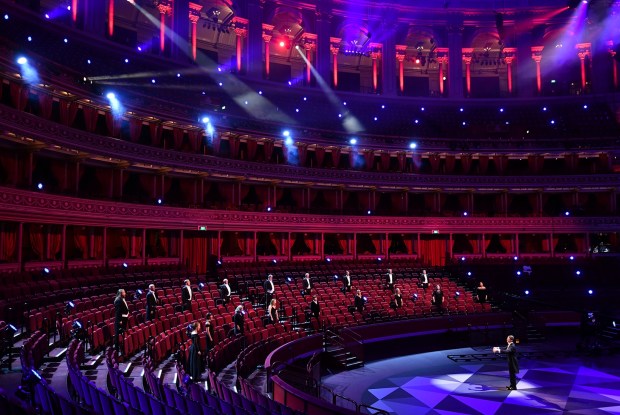
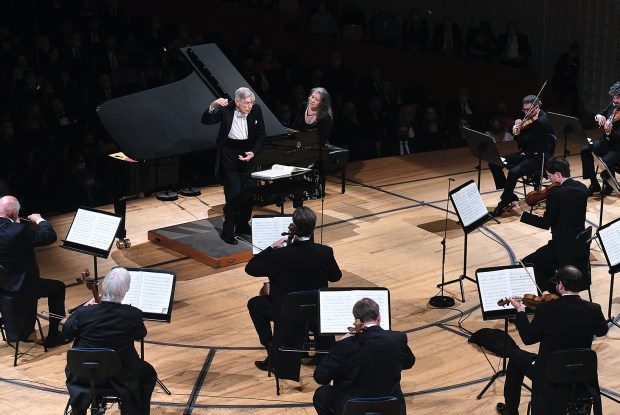
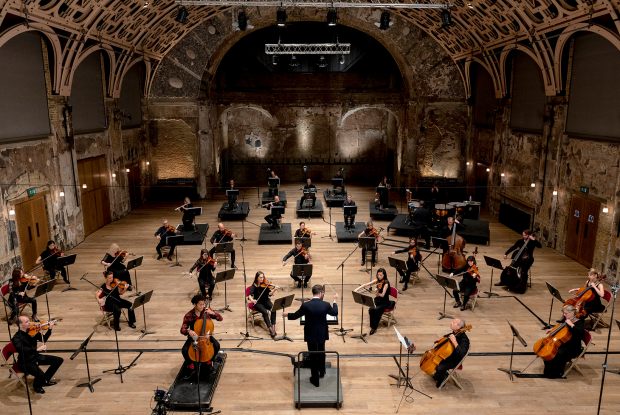






Comments
Don't miss out
Join the conversation with other Spectator Australia readers. Subscribe to leave a comment.
SUBSCRIBEAlready a subscriber? Log in